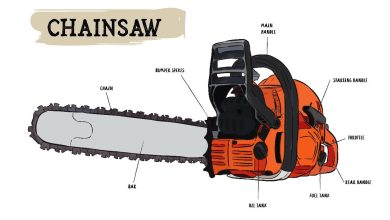Prune Ficus Benjamina: [Importance, Time, Tools, Considerations and Steps]
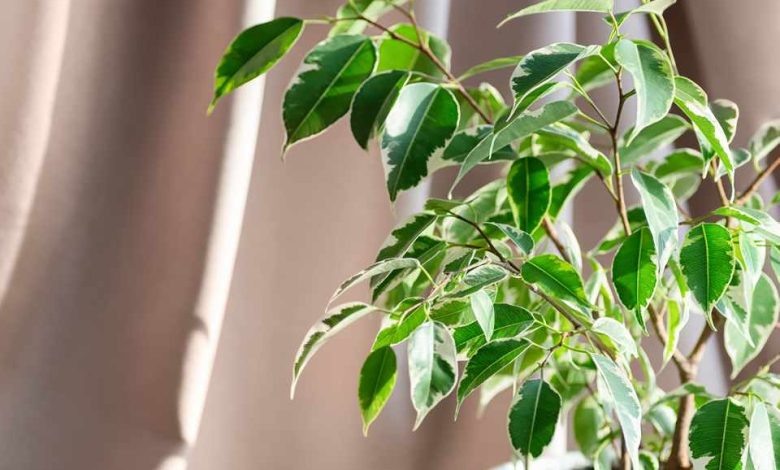
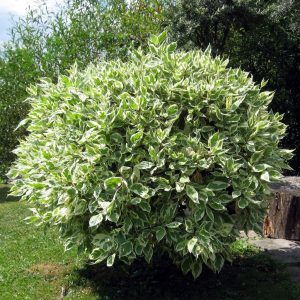 The ficus benjamina is one of the best-known plant species of the ficus family and having it at home means fulfilling the responsibilities it entails.
The ficus benjamina is one of the best-known plant species of the ficus family and having it at home means fulfilling the responsibilities it entails.
Thanks to the fact that it is very friendly around the need for care, having it at home or in the garden is a real pleasure.
Of course, its rapid growth requires paying close attention to the issue of pruning, so it cannot be left aside.
In any case, the ficus benjamina is one of the least problematic on this subject, but it could reach a few meters in height if not controlled.
If you do not know very well how to act with your ficus benjamina, in the following text we will give you all the information so that you can do it like an expert.
Why prune the Ficus benjamina?
The ficus benjamina is one of the smaller ficus species, but it still needs frequent pruning to keep it clean and tidy.The idea is to ensure that it maintains a careful structure and that it is consistent with the way we want to give it.

Another reason that motivates carrying out this action has to do with the fact of keeping the plant free of parts in poor condition. Sometimes, the ficus benjamina is kept in pots indoors, which requires more attention to pruning so that it does not take up more space than allocated.
When is it better to carry out the pruning of the Ficus benjamina?
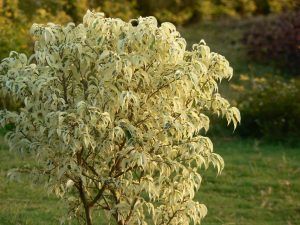 The pruning of ficus benjamina is recommended to be applied during the beginning of spring because it is the time that best lends itself to this care.
The pruning of ficus benjamina is recommended to be applied during the beginning of spring because it is the time that best lends itself to this care.
In areas where it is not frequent to suffer from frosts and winters are rather mild, the end of autumn could be used for this task.
Perhaps there are times when it is necessary to carry out very specific pruning at other times of the year, such as when there are withered parts.
However, here it is a very specific condition that will not require a very drastic pruning, so the plant will be able to tolerate it.
What tools should we use when pruning the Ficus benjamina?
Ficus pruning can be carried out with normal gardening tools, such as pruning shears and a hand saw.

Always ensure that they are well sharpened and disinfected so that the cuts are more precise and the chances of fungi or bacteria staying in the wounds are reduced.
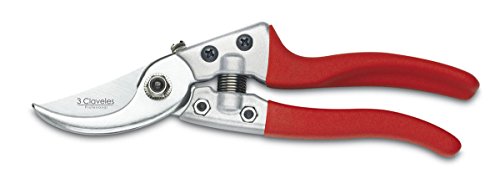
What considerations should we take into account when pruning the Ficus benjamina?
The size conditions of the plant will directly influence the type of pruning that will have to be applied. Normally, the ficus benjamina is worked with some pruning throughout the year to prevent it from reaching exaggerated dimensions.

Some specialists in this type of plants recommend about 2 or 3 each year. For this reason, the procedure to be followed must be planned very well to ensure that everything goes properly. The most usual is to use soft pruning at different times of the year, focusing on a stronger one at the beginning of spring.
How to prune the Ficus benjamina without damaging the tree?
The ficus pruning will be carried out properly following the steps listed below:
- Clear the structure of any type of area that is in poor condition, such as withered leaves, dry or diseased branches. The ideal is to remove these from the part where they connect with a healthy branch, trying not to affect the latter.
- The branches that have remained and that are healthy will have to be pruned by cutting between 3 and 5 centimeters of their length. In this way, you will control the growth and can improve the shape of the plant.
- If the ficus is in the form of a bonsai, the pruning process will have to be oriented in a more complex way, pinching the branches throughout the spring and summer season. This will help them grow better and the appropriate pruning can be carried out to achieve the characteristic shape. In addition to that, you will achieve a more beautiful structure because the bonsai will be more bushy in its canopy.

The best thing about having a ficus benjamina under this modality is that it will look fresh and with young branches all the time. And that is an ideal condition when it is kept indoors because it fulfills an ornamental purpose that everyone loves.
Having a ficus benjamina in perfect health will not be achieved only with pruning because it also needs some other care. However, the correct implementation of this procedure will bring as a positive consequence an excellent structure and will get rid of bad parts.
Of course, remember that after pruning you also have to give them some care, so scheduling a prompt fertilization will help them recover very quickly.

![Photo of Climate of Argentina: [Characteristics, Flora, Fauna and Adaptability]](https://www.complete-gardening.com/wp-content/uploads/2022/08/climate-of-argentina-characteristics-flora-fauna-and-adaptability-390x220.png)

